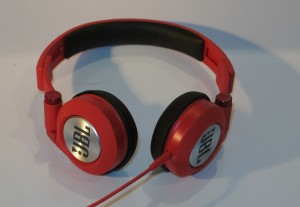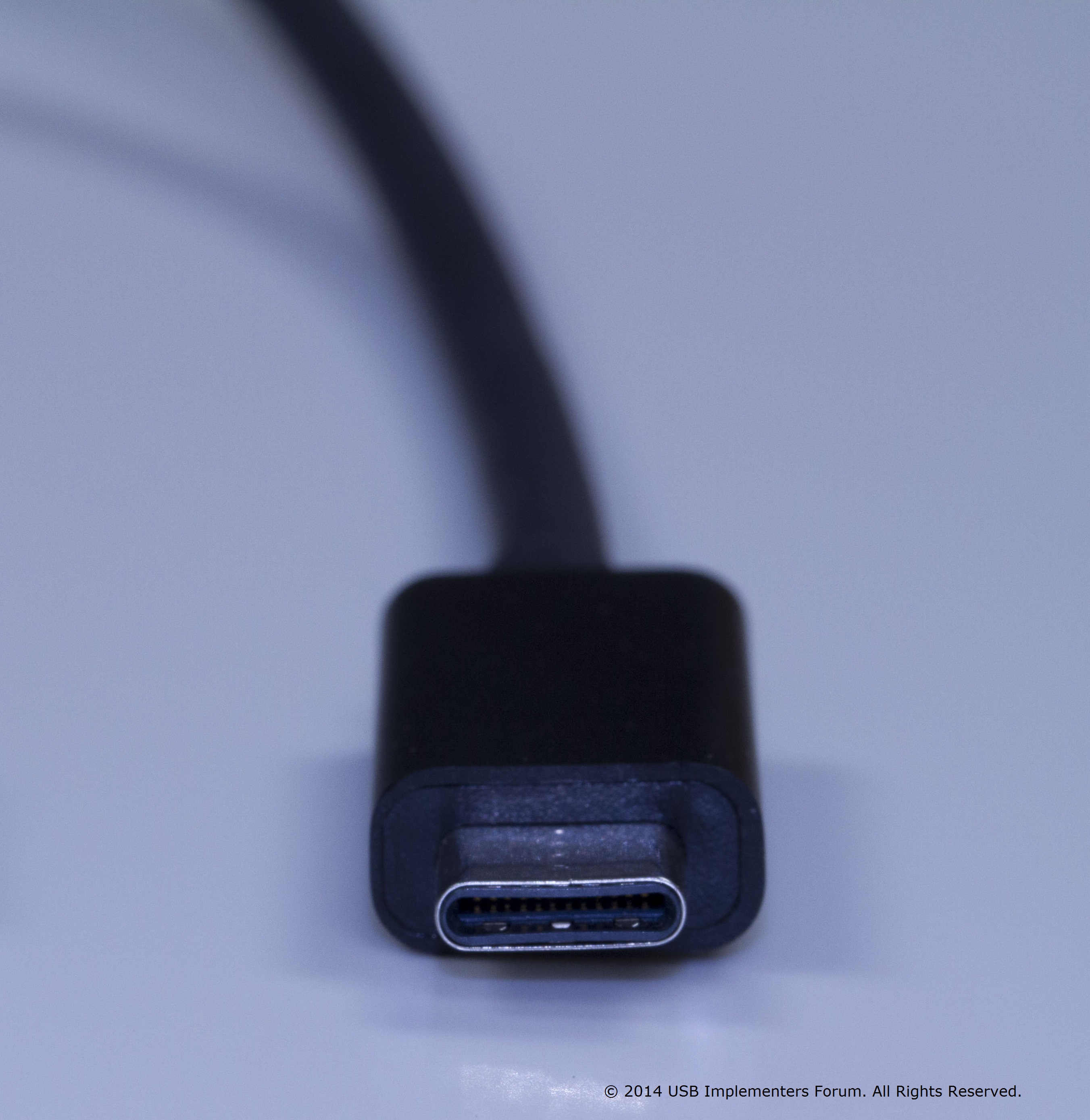
Other documents can be used to prove you bought the product at issue during a warranty or insurance claim
A situation that can easily overcome us is whenever a device breaks down while it is under warranty. Here, you have to prove to the authorised repairer that you had bought the device within the warranty period so they can go ahead with the repairs. This can extend to a repair job that went wrong and you need to seek further repairs from that repairer under warranty. These situations cover both the vendor’s warranty they provide on the goods or services; along with statutory warranties that are provided for under national consumer protection laws.
Similarly, your device may be damaged or stolen and your insurance company needs you to prove that you had purchased the device so they can fulfil the claim. It can also affect “organisational-liability” situations concerning damage to consumers’ property such as where a power utility or telco offers to repair equipment damaged due to a power spike that came over their infrastructure.
But what does the warranty repairer or insurance company need to know?
They need to know the fact that you had purchased the goods concerned and when you had purchased those goods. Typically this is represented by the sales receipt or invoice that the merchant gives us when we pay for the item we are purchasing.
But most of us aren’t really good at keeping these invoices or receipts in an easy-to-find manner unless this was to do with a business effort where we want to claim the purchase for tax or reimbursement purposes. Typically these documents end up in one of many shoeboxes, drawers or other spaces and it is hard to look for them easily when in a hurry. Even if we are reimbursed for the goods concerned or submit the receipt to our tax accountants, there is the likelihood that we don’t have it on hand should the worse come to the worse.
The situation also becomes worse when you keep in your shoebox or drawer similar material for devices you aren’t using anymore such as equipment that has hit the end of its service life or equipment you have sold or given away. Here, you may have the receipts for your new equipment muddled up with similar documentation for the prior equipment.
There are other ways you can prove your purchase of the items. If you bought a smartphone, “Mi-Fi” or similar communications device under a subsidised-equipment deal that your telco provides, the documents relating to the subsidised-equipment contract may be enough to prove this purchase. This also applies to those of us who lease IT equipment like a laptop computer for our business use.
But if you simply pay for your equipment using a credit or debit card, the transaction you made with this card provides its own record and paper trail. Here, you would need to know which card you paid for the goods with and approximately when and where you purchased those goods. Here, you can ask the merchant for a receipt or statement relating to the purchase because they could search on the first or last few digits of the card number and the time period that the transaction took place in order to verify the purchase.
This happened to a close friend of mine who had bought a new printer and the machine had broken down within the warranty period. Like most of us, he wasn’t good at keeping the receipts in a ready-to-find manner, but I made a reference to the merchant that sold him the printer and the fact that he used a credit card to pay for the item. It was similar to a situation where I bought an old friend a gift card for a bookstore but they had lost the gift card. Here, I was able to supply the bookstore the details about the card I used to purchase the gift card so that the old friend could get a replacement gift card. But this situation allowed him to continue to seek warranty repairs on the printer.
Let’s not forget that original copies of the product documentation that came with the goods concerned can be of value when it comes to filing an insurance claim for stolen or damaged goods. Here, the original documents like warranty cards or instruction manuals can be assessed as to whether they are actually what came with the device or something that was printed out after the fact. This fact can also hold true of the optical disks that come with printers, network hardware and similar IT and consumer-electronics gear and carry drivers, software and documentation in electronic form for these devices.
Another incident had happened where a camera was damaged and its owners needed to claim against their policy’s accidental-damage cover. Here, the original instruction manual that came with the camera was enough to prove the purchase and ownership of the device thus give merit to the accidental-damage claim.
What you need to remember is that it is not always just the merchant receipt that can hold its weight as a proof of purchase for your warranty or insurance claim. Rather, things like the existence of the transaction taking place, a lease or subsidised-equipment contract, the product’s documentation or something similar can exist as a substitute for these documents.



